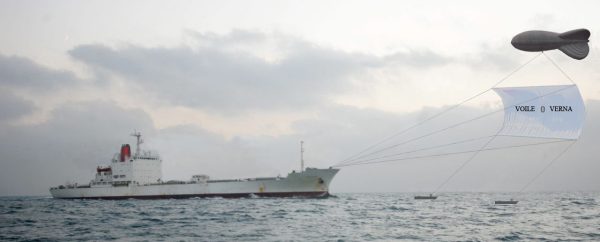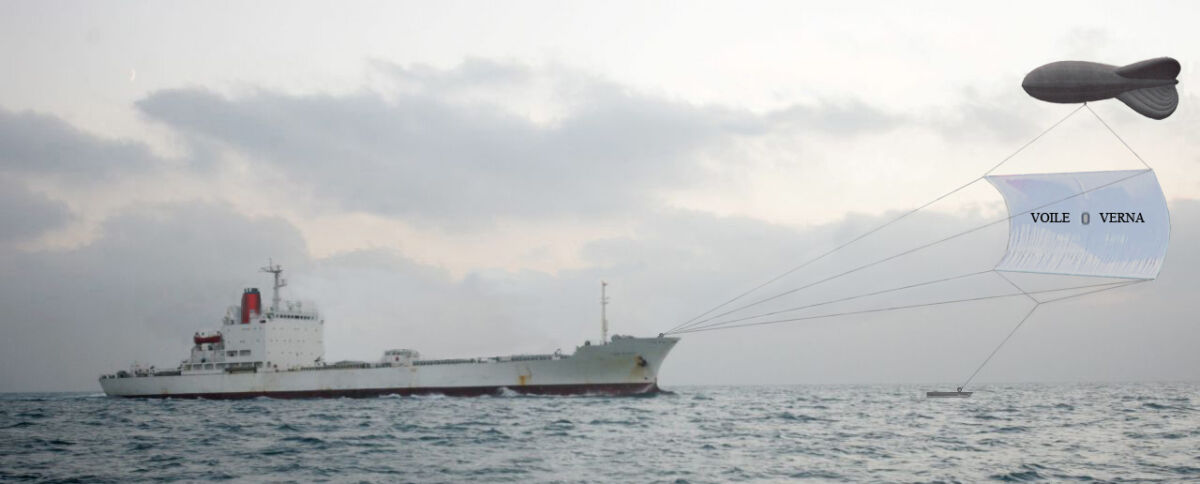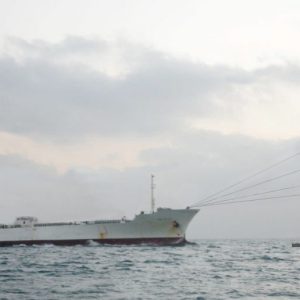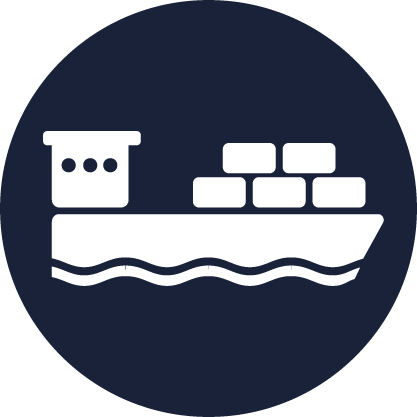Development of the self-supporting sail
The "Self-Supporting Free Traction Sail" will save burning millions of tons of fuel.


Overview of the project

The “Self-Supporting Free Traction Sail” will save millions of tons of heavy and dirty fuel oil from being burned.
- This sail, rising by itself (contrary to what is currently done), does not need a mast and other very expensive lifting equipment for its implementation or recovery.
- It captures the wind vertically and pulls the boat horizontally, which ensures maximum efficiency.
- The elevation of the sail can be regulated by at least one directional float weighing enough to stay in the water while maintaining the sail at the desired height.
This invention is complemented by a second :
- The 1st system consists of a lifting volume that raises the sail by the axis of rotation of a “flail” type pendulum system whose two ends, of equal lengths, are anchored to the high opposite ends of the traction sail which are tensioned by a coil under pressure of a lifting gas.
- The second system uses the same pendulum configuration, but located under the sail and carrying a hollow floating weight.
- The third system stabilizes the canopy by creating an opening in its center that releases excess air pressure in an organized manner, similar to the chimneys of parachutes that stabilize them during descent.
The great interest of these two patents lies in the fact that they complement each other and can be crossed.
Development of a prototype of the self-supporting sail of 50m2 and more to reduce greenhouse gases emissions.
Ongoing research
Project still in progress
Trois prototypes :
Malgré leurs imperfections, les trois prototypes de la voile auto portée montrent tous que, grâce à ses 4 systèmes :
- S’élève seule,
- Reste en l’air par ses propres moyens,
- Qu’elle adopte une position horizontale constante,
- Cette horizontalité la rend gouvernable en jouant sur les longueurs des câbles de traction bâbord ou tribord,
ce qui était les buts visés par ces 2 dépôts de brevets qui se complètent l’un/l’autre. - Le volume de sustentation participe à la traction du navire.
Les deux brevets qui composent cette invention se complètent et se croisent à volonté en empruntant un ou plusieurs éléments du premier ou deuxième dépôt afin de constituer une voile répondant parfaitement au plus exigeants critères d’efficacité et de maniabilité.
Financed with own funds.





